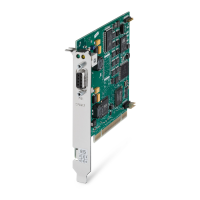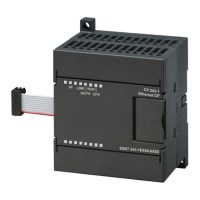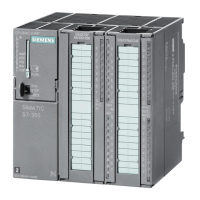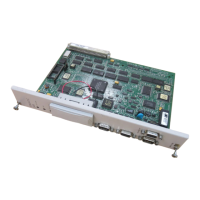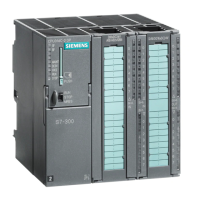Basic Principles of Serial Data Transmission
2.7 Parameterization Data
PtP coupling and configuration of CP 340
Manual, 04/2011, A5E00369892-03
73
Parameter Description Range of values Default value
Depending on the HW variant
used and the operating mode
selected:
RS 232 Yes
TTY Yes
RS 422 with
R(A)5V/R(B)0V:
Yes (cannot be
deactivated)
RS 422 with
R(A)0V/R(B)5V:
No (cannot be
activated)
Activate
BREAK
monitoring
You can choose whether monitoring for an
interrupted receive line should be activated or
deactivated.
If BREAK monitoring is deactivated, in the event
of a BREAK
1. No entry will be made in the diagnostic buffer,
nor will the RECV FB be activated with set
ERROR bit and corresponding STATUS entry
2. Activated send jobs will be sent without an
error message being generated for the user
Yes
No
With the RS 422 HW variant, this
parameter is controlled implicitly
via the initial state for the receive
lines selected in the "Interface"
folder.
Data flow control
The table below contains a description of the parameters for data flow control.
Data flow control is not possible with the RS 485 interface. RTS/CTS data flow control is only
supported on the RS 232C interface.
Table 2- 12 Data flow control (printer driver)
Parameter Description Range of values Default value
Data flow control Defines which data flow
control procedure is used.
None
XON/XOFF
RTS/CTS
None
XON character
(Only for data flow control
with XON/XOFF)
Code for XON character
At 7 data bits:
0 to 7FH (hex)
8 data bits:
0 to FFH (hex)
(Depending on whether you
set 7 or 8 data bits for the
character frame)
11 (DC1)
XOFF character
(Only for data flow control
with XON/XOFF)
Code for XOFF character
At 7 data bits:
0 to 7FH (hex)
8 data bits:
0 to FFH (hex)
(Depending on whether you
set 7 or 8 data bits for the
character frame)
13 (DC3)
Wait for XON after XOFF
(wait time for CTS = ON)
(Only for data flow control
with XON/XOFF or
RTS/CTS)
Period of time for which the
CP 340 should wait for the
XON code or for CTS="ON"
of the communication partner
when sending.
20 ms to 65530 ms
in 10 ms increments
2,000 ms
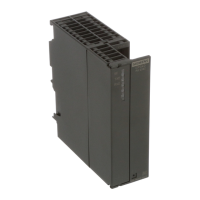
